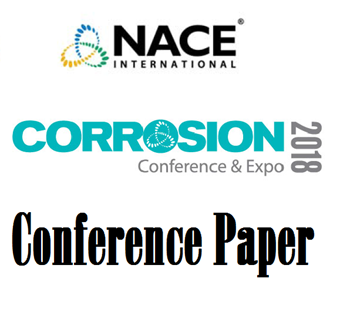Search
02043 WELDED JOINTS PROPERTIES OF SUPER 13CR MARTENSITIC STAINLESS STEEL CONSIDERING APPLICABILITY TO FIELD FABRICATION
Also Purchased
51318-11257-Sulfide Stress Cracking of Super 13Cr Martensitic Stainless Steel – Localized Corrosion and Hydrogen
Product Number:
51318-11257-SG
Publication Date:
2018
$20.00
03097 CORROSION BEHAVIOR OF SUPER 13Cr MARTENSITIC STAINLESS STEELS IN COMPLETION FLUIDS
Product Number:
51300-03097-SG
ISBN:
03097 2003 CP
$20.00
51317--9645-Sulfide Stress Cracking (SSC) Resistance of AISI 420 Modified (13Cr) Martensitic Stainless Steel Bar
Product Number:
51317--9645-SG
ISBN:
9645 2017 CP
Publication Date:
2017
$20.00




